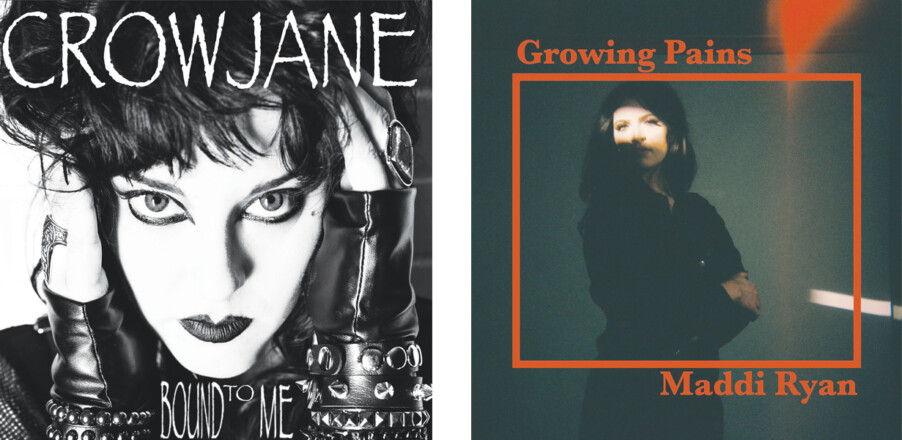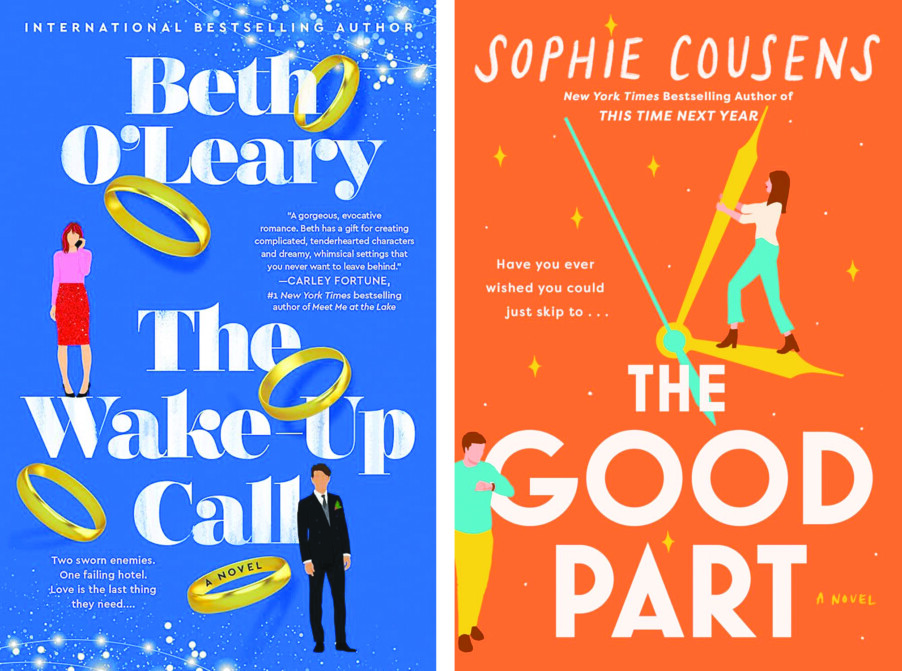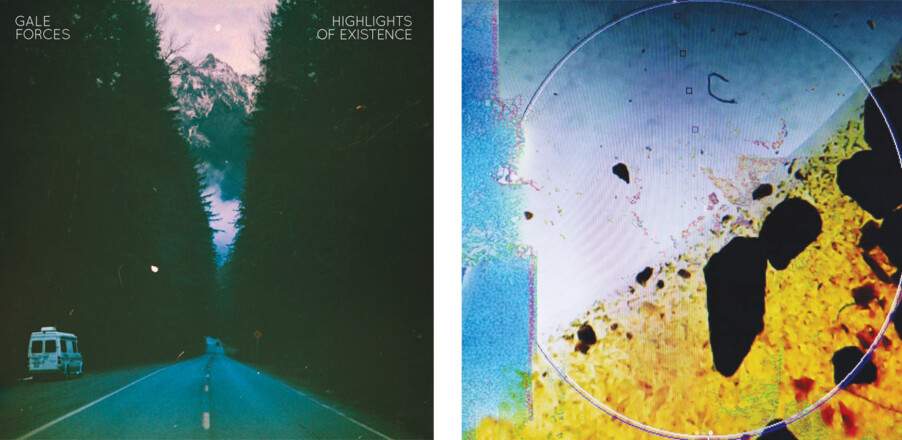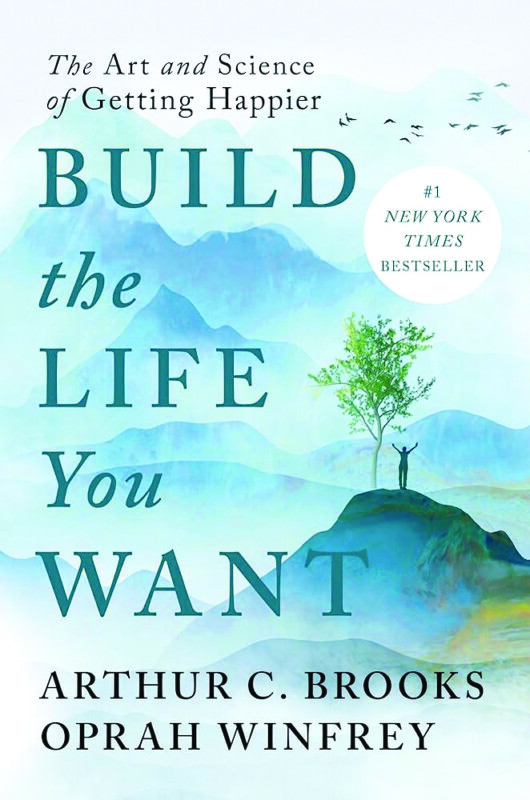KO Mini, Chef’s Kiss (self-released)
We’re seriously just about at the point where there’s almost no need to list a music release’s record label when writing about its merits or lack thereof, given that so many artists are completely independent (if the vampires at Ticketmaster and such could be prevented from buying up concert tickets and scalping them we’d be even better off). Anyway, what drew me to this little X-rated bubblegum EP was its tease that the single, “stoptryingtohavesexwithme,” “pushes the boundary of how much blunt humor and simultaneous sex appeal you should put into a song.” In a word, I was anticipating something funny, which it isn’t; it’s more about cruel rejection, not that most leering, overstepping incels don’t deserve anything better, but the beat is cool enough, a lot of earthquakey Ed Banger booms going on underneath. It’s a club-banging, Lolita-voiced break from the usual trap oatmeal, which, I’m sure you know by now, I absolutely cannot stand. The playful, fluttering/soaring “Sorry In Advance” is definitely worth checking into if you have some spare Spotify space. A
Escuela Grind, DDEEAATHHMMEETTAALL (MNRK Heavy Records)
I didn’t mean to riff on yet another metal release this quarter, but seriously, folks, this time of year I get sent like 50 of them every five minutes, and as well in my defense, at least this one’s from a New England-based band, well, half of it’s from Pittsfield, Mass., anyhow, go Patriots, amirite fam? The roster is three boys and two girls, one of the latter being singer Katerina Economou, who sounds like the dude from Cannibal Corpse, sort of, but more like Quorthon, like one of those raspy mini-sized cave-monster guys from the Hobbit movie, and the music is, as promised, very grindcore, like the sort of music you picture your pet tarantula humming to itself while it walks across the table to surprise your mom. It’s pretty epic for what it is, I suppose, not that I’d ever want these people to get mad at me, and thus I may be lying. A
Playlist
A seriously abridged compendium of recent and future CD releases
• Hello, everyone, how was your late/second Thanksgiving, mine was fine except for when I completely ruined the turkey gravy by following a recipe I found online, at the Betty Crocker website, believe it or not, and it basically said I should combine equal parts flour and butter/turkey/whatever slime, but I took the recipe seriously and basically ended up with a cake that tasted like turkey; I’ve decided to cut this horrible disaster into a bunch of small compact cakes and sell them as “Gobbler Twinkies,” watch this space for my initial public stock offering and get a prime seat on the victory train! In the meantime, Friday, Dec. 8, is the next date for new CD releases, and look at that, there are actual albums listed on my private, secret metacritic.com web page, a source that only professional music journalists like me are allowed to access unless you have a web browser! I’ll stick to tradition and get the album I don’t really want to even talk about out of the way first, that being Before And After, the ninety-bazillionth album from horrible-voiced Woodstock charlatan Neil Young! No, I’m kidding, you guys, his song “Ohio” was OK, I thought, and it’s still OK even though it came out before SnapChat or the macarena or even electricity for that matter, and “Rockin’ In The Free World” is pretty epic, despite the fact that his guitar solo, as always, sounded like a duck trying to imitate the Storage Wars auctioneer dude (hey, let me have a little fun while I still can, I’ll be spending the next two or three columns complaining about the fact that there are no new albums coming out aside from box sets and hamster-wheel-metal albums from Finland)! OK, let’s see if my stomach can even deal with this new album, which is composed of acoustic versions of his old songs, like “Burned” from when he was in Buffalo Springfield during the days of the Thomas Jefferson administration, and “Mother Earth” from his 1990 album, Ragged Glory. Here, let me check out his re-rub of his famous song “Birds” and give you my expert analysis: Ah, I’ve got it, it’s an acoustic version of it and is absolutely no better than the original. Aaand moving on.
• Oh, great, time again for me to pretend I know anything about modern bubble-pop or divas or gigantic twerking butts or whatever the 11-year-olds listen to when they troll each other on SnapChat, because look folks, Nicki Minaj is back with a new album, called Pink Friday 2! There’s an advance single here, called “For All The Barbz,” and it features Drake and Chief Keef! The rhymes Nicki contributes are mindlessly pornographic, which adds to the je ne sais quoi, you feel me, and one of the dudes is using Auto-Tune, because it’s still 2002, right? So glad I’m living in a timeline that favors quality over redundant quantity, I have to say.
• Just a second now, this might be OK, the new LP from Alison Goldfrapp, The Love Reinvention! You might know that she got her start by being featured on the 1994 Orbital album Snivilisation, meaning she was one of the first electronic guest-princesses; I have to hand it to her. The new single, “Every Little Drop,” is understated warehouse-rave fodder, which I’m always glad to hear, just prettiness and sexytime romping, but there are no gigantic twerking butts and porn lyrics, what’s a critic supposed to do with this.
• And finally it’s California metalcore band Atreyu, with their new full-length, The Beautiful Dark Of Life! Wow, I have no idea what they’re even doing on the new tune, “[i],” it’s like some sort of Echosmith chillwave thing, I don’t mind it.






